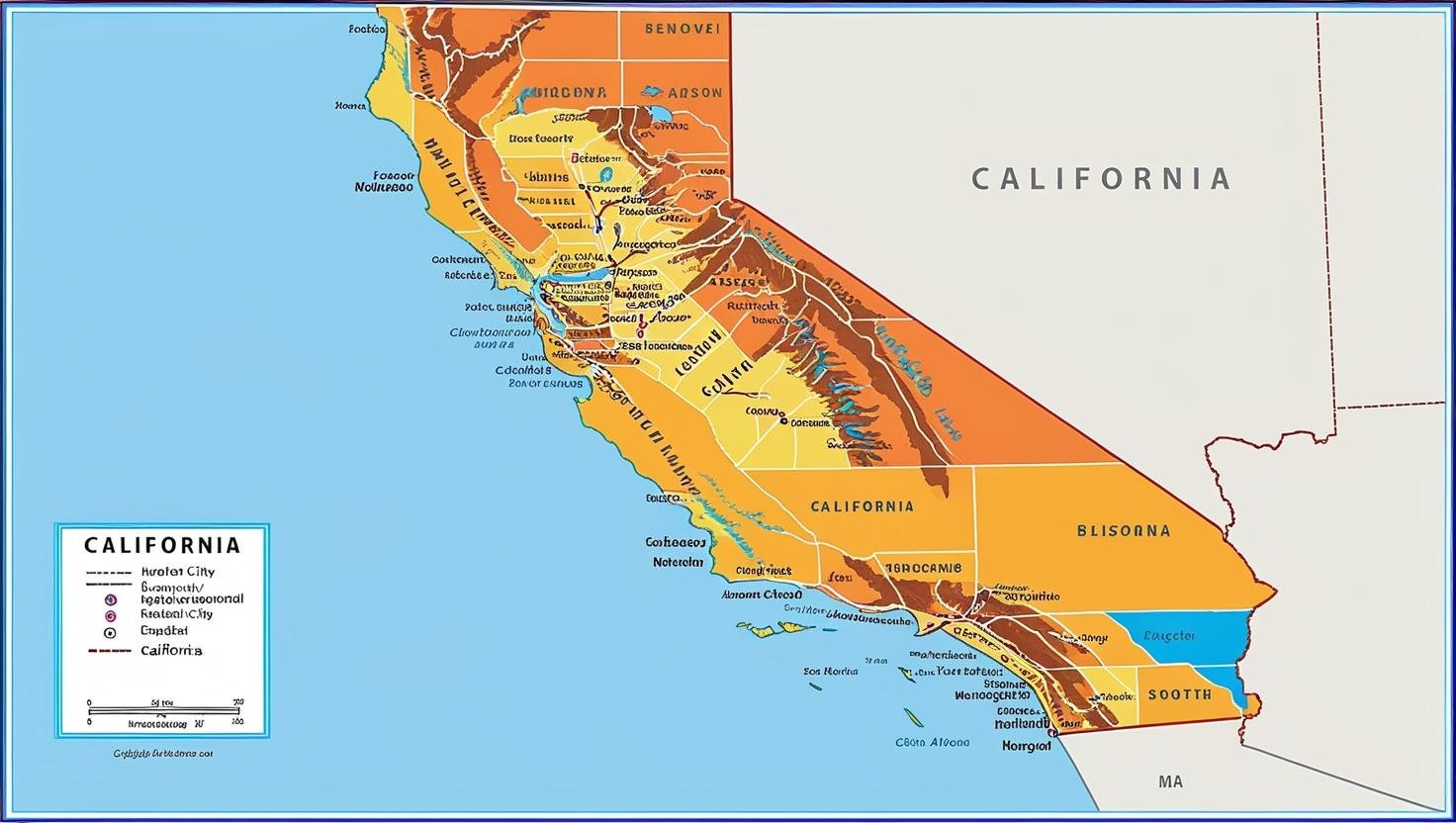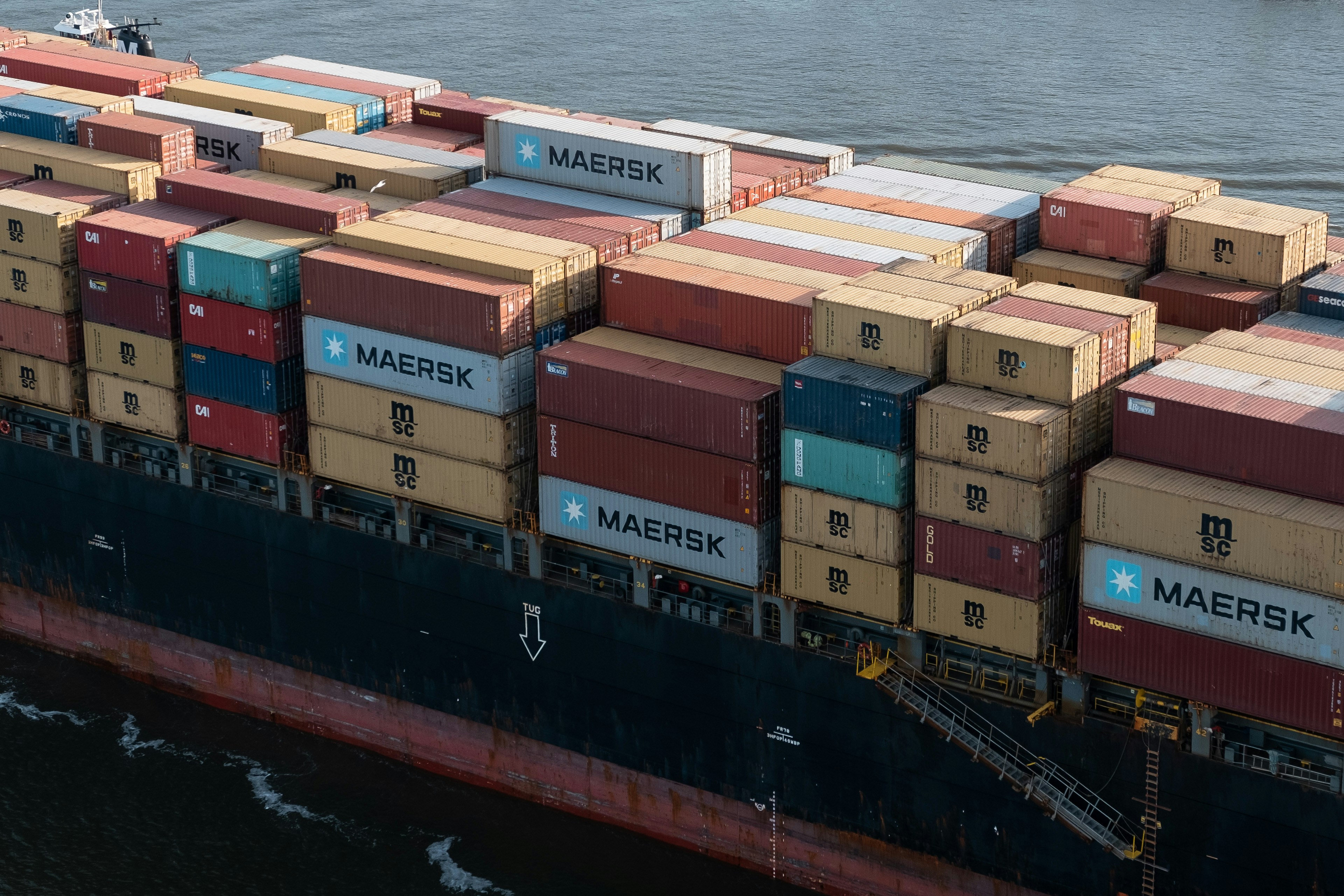As cargo ships loom on the horizon and empty containers stack up in silent ports, the nation holds its breath. The dockworker’s strike has brought the bustling arteries of our economy to a standstill. But how will this high-stakes standoff conclude? Let’s dive into the choppy waters of labor negotiations and explore the possible outcomes.
The Players at the Table
At the heart of this maritime drama are two key players:
- The International Longshoremen’s Association (ILA): representing the hardworking men and women who keep our ports running
- The United States Maritime Alliance (USMX): speaking for the shipping companies and port operators
These titans of industry and labor are locked in a battle of wills, with the future of our supply chains hanging in the balance.
Scenario 1: A Negotiated Peace
The ideal outcome—and the one most are hoping for—is a negotiated settlement. Picture this: after intense discussions fueled by countless cups of coffee, both sides emerge from the bargaining room with tentative smiles. They’ve hammered out a deal that addresses the workers’ concerns while keeping the ports competitive.
In this scenario, neither side gets everything they want, but both can claim victory. The docks spring back to life, and the economy breathes a collective sigh of relief.
Scenario 2: Uncle Sam Steps In 🇺🇸
If negotiations stall, the federal government has a trump card: the Taft-Hartley Act. This powerful piece of legislation gives the President the authority to order striking workers back to their posts for 80 days.
However, President Biden finds himself in a precarious position. On one hand, pressure mounts from businesses and consumers to get the ports moving again. On the other, Biden has been a staunch supporter of union rights throughout his career.
“I think that right now, President Biden is under large pressure,” observes Tang, an expert on labor relations.
The longer the strike drags on, the more likely it becomes that the government will intervene, especially with a presidential election on the horizon.
Scenario 3: The Long Haul
What if neither side blinks and the government chooses not to intervene? We could be in for a prolonged strike that sends shockwaves through the economy. Retailers might face empty shelves, manufacturers could see production lines grind to a halt, and consumers might feel the pinch in their wallets.
This scenario is the least desirable for all parties involved, but it’s not without precedent in labor history.
The Ripple Effect
Regardless of how the strike ends, its impact will be felt far beyond the docks. From the small business owner waiting on a crucial shipment to the average consumer facing potential price hikes, we’re all connected to this labor dispute in ways we might not realize.
Stay Informed, Stay Engaged
As this situation unfolds, it’s crucial to stay informed. The outcome of this strike could affect everything from the products on your local store shelves to the broader health of the national economy.
Remember, in the grand tapestry of our interconnected economy, every thread matters. The resolution of this strike will weave the next chapter in our nation’s labor history—and we’re all part of that story.



